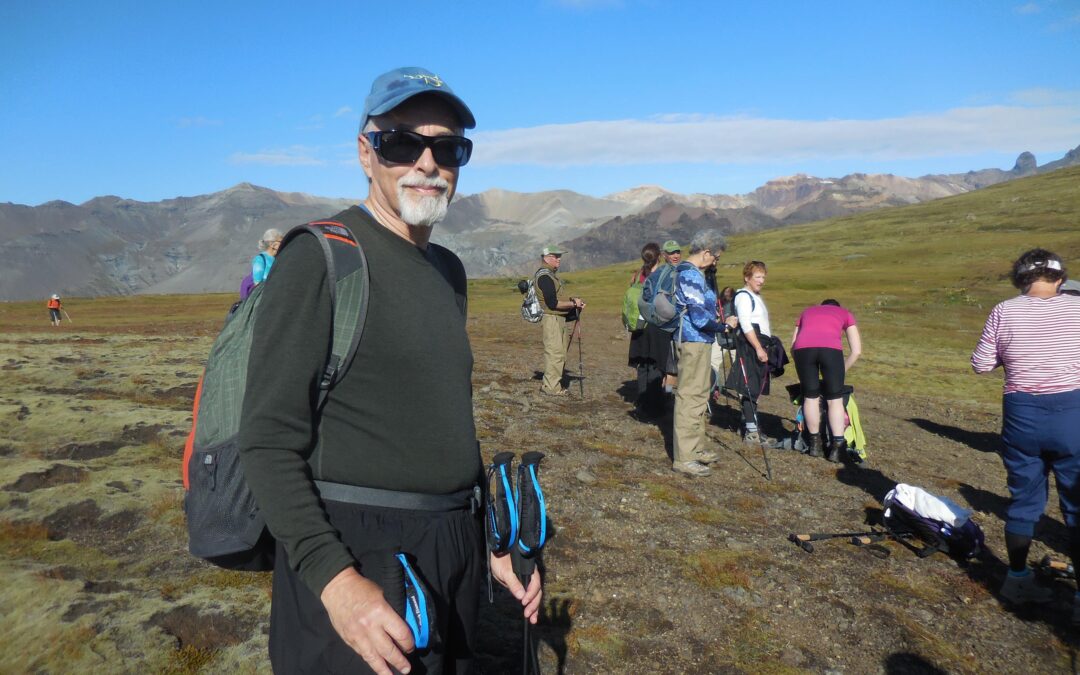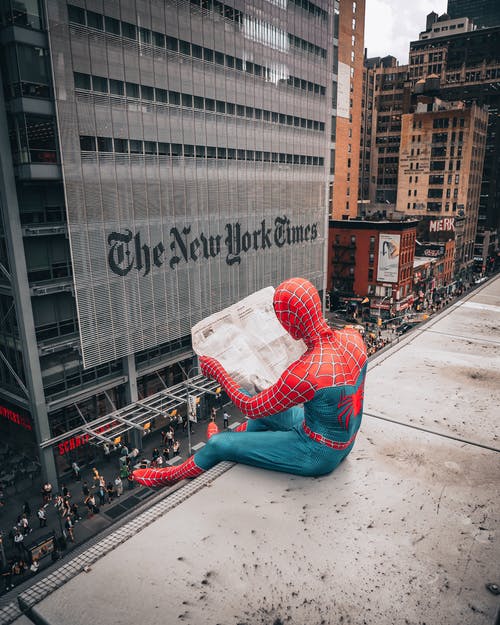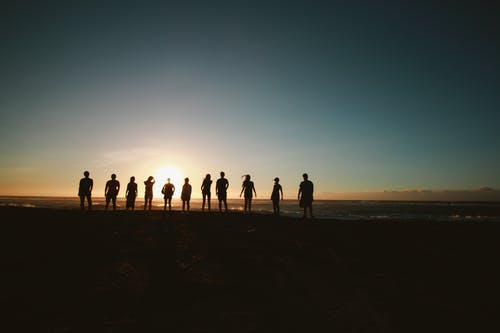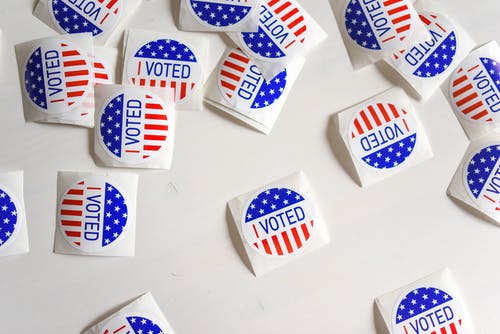
Nov 10, 2020
I love to travel with my wife Lucy Rose for so many reasons. It is generally exciting and fun to see new places with her. An ideal trip may be some combination of walking through nature and moseying through a cosmopolitan city. I love to explore and have adventures.
I bring my camera; she brings her sketchpad. When we come back, she will typically spend a few days reviewing the photos and sketches to identify the best ones. She then makes a digital souvenir book and orders it. Then we wait another week until we get the book back. The book contains both photos and sketches.
We generally order four copies of the book. We keep one for ourselves. Two copies go to our son, one of which goes to our daughter-in-law‘s mother. And one goes to my aunt who lives in Florida.
We have gone through this process for many years. We do a lot of travel, so we have quite a collection by now. We look through our copy many times and then put it on the shelf. Occasionally, we’ll take a book out and look at it to generate some smiles.
Right now, travel is not a possibility. We are in a high-risk group – older and having pre-existing medical conditions. We are extra-careful and will not go on a plane, or restaurant, or theater. We miss our traveling.
Recently, we tried an experiment. We checked a couple of our recent travel books out of our own library. We went through them slowly, page-by-page. Both of us were surprised how much we enjoyed that experience. Our travel restriction didn’t make us upset as I had expected it might.
I remember hearing about old people who live in the past. They couldn’t get around very much. All they could do was to reminisce.
So, whether we are really old ourselves or not so much, we will remember our past good times for now. When there is an effective vaccine and we’ve had our shots, I anticipate we’ll do more traveling and have more adventures.
Are you traveling now? If not, what are you doing in its place?
Please let me know:
- Topics you would like me to write about.
- What I can do to help you.

Nov 3, 2020
Those dreaded words – “Some assembly required” – just arrived. Winter is here, and I bought a stationary bike for my home. I need exercise indoors. During the pandemic I’m not comfortable going to the gym. The bike came in a cardboard box, in pieces, and needed to be put together.
I love to assemble words and numbers and ideas. Objects – not so much. My history of assembling objects has not been pretty. In fact, I break into a cold sweat when facing a project like this.
The instructions were written in multiple languages, including broken English. They included a long list of parts, complicated diagrams, but only four steps in the instructions.
Although the components included a large number of nuts, bolts, and screws, I couldn’t find the package of them when I took out parts and spread them over the floor. I looked again through the plastic and Styrofoam packaging. Nope.
I read the instructions in more detail and realized that the bike was pre-assembled. The hardware was actually there, in all the right places. I just had to unscrew the screws, put some pieces together and re-screw the screws.
I marveled at the changes in technology. Even I could put the pieces together. It took me only 2½ hours to complete the “30-minute” job. When I was done, my wife called me a hero for completing it.
Now, I enjoy having a bike – and being a hero too.
How can you feel like a hero during the pandemic?

Oct 20, 2020
I was a financial planner for the last few decades before I “retired.” That career was a good fit for me and my skills, plus I had the opportunity to help others meet their goals.
I love to plan. I enjoy setting goals, especially big ones. Having a big goal is like being a mountain climber – facing a great mountain – and trying to find the path up. Then I use my creativity to make progress towards achieving my goals.
I know that plans don’t work perfectly, because nothing happens exactly as planned. But having a plan gives me the comfort of having a path to follow and a sense of accomplishment. I can climb that mountain.
All plans are based on assumptions, which are no more than best guesses about the outcomes of actions to be taken. During the pandemic, planning is particularly hazardous because of huge uncertainties.
I have modified my approach. I still set goals and do my planning, but. I am now willing to accept somewhat vaguer descriptions of my goals. I force myself to be more patient and flexible on the timing of achieving my goals. I continue to use innovation and creativity to make progress.
Instead of planning for the long-term future, I am setting shorter-term goals, typically up to a few months. As I make progress, I watch carefully how the results unfold. Then I modify my approach as needed.
It now feels like I am climbing up a number of smaller mountains. When I get to the top of each, I pause to look around. Only then do I realize what the current landscapes are. Afterward I plan out my next few steps.
I continue to plan because I have big goals to achieve. Planning gives me a sense of control over my life. But changing its scope helps to prevent huge anxiety as circumstances change.
Has your scope of planning changed during the pandemic?

Oct 13, 2020
I was in the New York times last Wednesday. It turned out not what I thought it would be.
Here’s the background. In June my wife Lucy Rose Fischer and I were the speakers in a podcast entitled: How Retirement Can Be the Best Years of Your Life. This was part of an ongoing series called “Revolutionize Retirement “which is run by author, psychologist, and life coach Dori Mintzer.
A month later I received a telephone call from a freelance contributor to the New York times. She was collecting information on how seniors were coping with the pandemic, especially if they can’t travel, see their grandchildren, or socialize.
The word “coping” raises a red flag with me. I see it as my personal mission to encourage people to find ways to thrive, not just cope. So I lectured her for nearly an hour about how heterogeneous seniors are. Many seniors choose a wide variety of activities, including Zooming with friends, pursuing hobbies, and working – for pay or not. Many are creative, contribute to society in a number of ways, and are busy with productive activities now.
I told her that I had written a book on this topic and was developing a new career. She assured me that she would mention both of those. I had visions of an article about me, possibly appearing in a prominent location in the newspaper.
Two months went by. The journalist sent me an email that an article would appear in the online edition of the Times. The article was very careful to mention how old I was and that I had moved downtown. There was no mention of my work or book. Interviews with a dozen other people were included in the article.
So my 15 minutes of fame came and went. I was thrilled and disappointed at the same time.
I think that if I had prepared for the meeting thinking more carefully about what they would want to write about and then discussed more newsworthy topics, the outcome might have been somewhat different.
Here is a link to the article: https://www.nytimes.com/2020/10/07/business/retirement/pandemic-life-seniors.html?searchResultPosition=1
Have you had your own 15 minutes of fame? What was that like for you?

Oct 6, 2020
The pandemic is restricting. One important way that I’ve been flourishing during the semi-quarantine has been to reach out to friends – by phone and Zoom – both old friends and new ones. Ironically, at this time of social isolation, I’ve made more new friends than at almost any other time of my life. This has been fun, but not really easy, and it’s been out of my comfort zone.
One approach I’ve used has been to contact ex- or old friends, from another time in my life. They are great candidates to become new and active friends. When I called a friend from 40 years ago to wish him a happy birthday, he was excited. It didn’t matter that he lived far away. The time gap melted away.
Through my business I reached out to meet totally new people on LinkedIn. This approach is not just for young people. I chose people if their profiles looked interesting and they were in the ballpark of being my age. Although LinkedIn does not state people’s ages, it frequently tells their year of graduation from college or years of their first job. I did the math.
I used LinkedIn’s messaging capability to ask them a question after I’d connected with them. For those that answered my question, I followed up through messaging additional questions or starting conversations. I invited the friendliest of them to a Zoom meeting, and we now had a dialogue going on. Some of these business relationships developed into friendships.
I’ve also found an entirely different group of people who are candidates for being good friends. These are people I know a little and have liked but have never gotten around to being friends. I’ve recently reached out to a few of them. I’ve been surprised by how much I’ve enjoyed developing those relationships.
It took some courage to reach out. I was vulnerable to rejection. It reminded me of dating, which in my case happened a long time ago. But through reaching out I found my life partner and best friend, Lucy Rose. We’ve been married almost 55 years now.
Who can you reach out to?

Sep 15, 2020
I care a lot about the upcoming presidential election. I know that my vote will be only one of millions. But I also know that I would hugely regret not having voted if my candidate lost.
My friend, Jim Rubenstein, is a retired attorney who has worked hard through the years to help eligible voters vote. Here is what he sent me about voting by mail during the pandemic this year in Minnesota.
Voting by mail from the comfort of your own home is easy and there’s no need to go to a public polling place on election day. Especially this year, as we all try to lower the risk of giving or getting COVID 19, the more people who vote by mail, the better.
For Minnesota’s primary election, voting by mail set new records. Officially, out of the total of 916,230 votes cast in Minnesota on or before primary election day on August 11, 60% were absentee and mail ballots.
General election voting, including the election for U S President, starts on September 18. Election Day is November 3.
Here are a few vote from home tips to keep in mind:
- You don’t need to be registered to request a vote by mail ballot: If you are not a registered voter, registration materials will be sent along with the ballot. Click here to make the request: Request Absentee Vote by Mail Ballot:
- Give yourself plenty of time: Request your ballot early, and it should arrive a few days after September 18, when the general election voting period begins. Once you complete your ballot, don’t delay putting it in the mail. The postage is already paid! Mail your ballot at least a week before the November 3 Election Day to avoid mail delays or the need for a last-minute rush to your election office or a drop box in your county.
- Follow the Instructions: You may hear about court rulings, new laws or regulations that would change Minnesota’s voting procedures. At any point, the most reliable information on the current voting procedures will be in the instructions you receive with your ballot. Follow them carefully. If you have questions go to the Minnesota Secretary of State website – mnvotes.org.
- Wear your “I Voted” sticker with pride: It comes in the mail with your ballot.
What are you thinking about voting this year?






